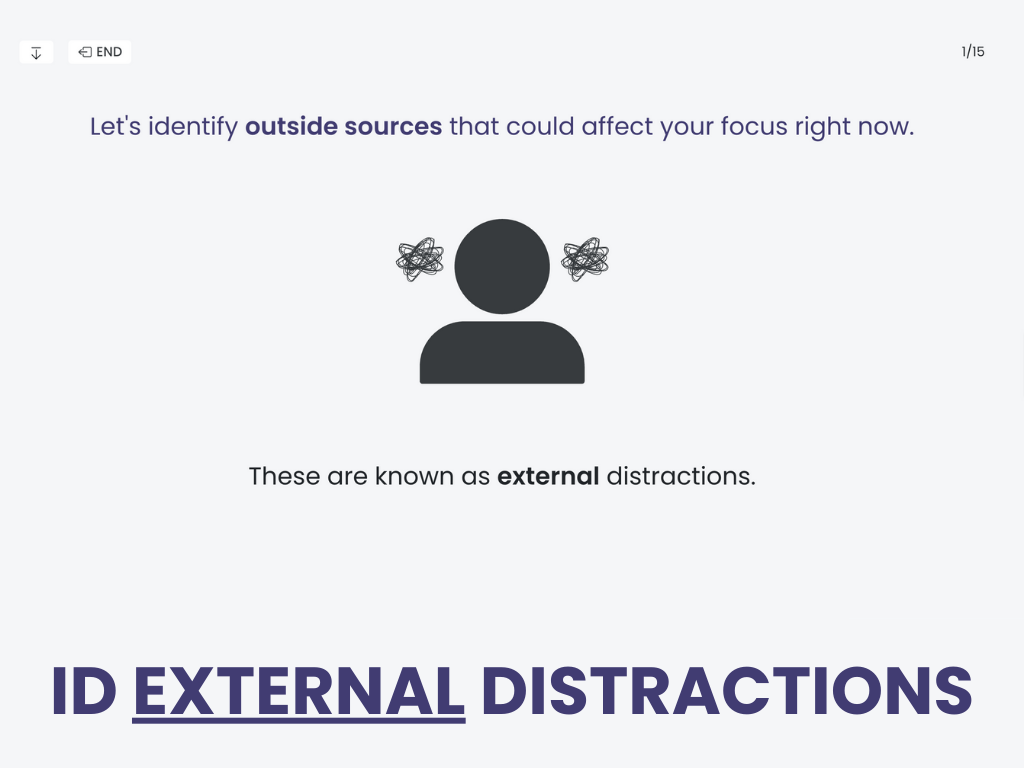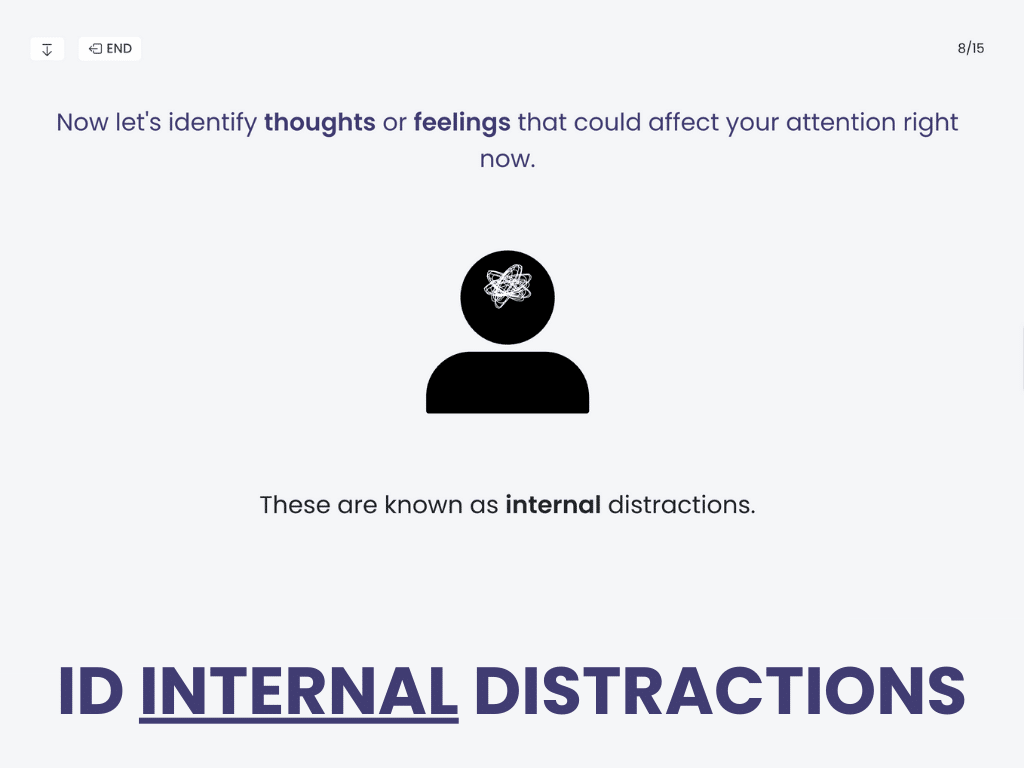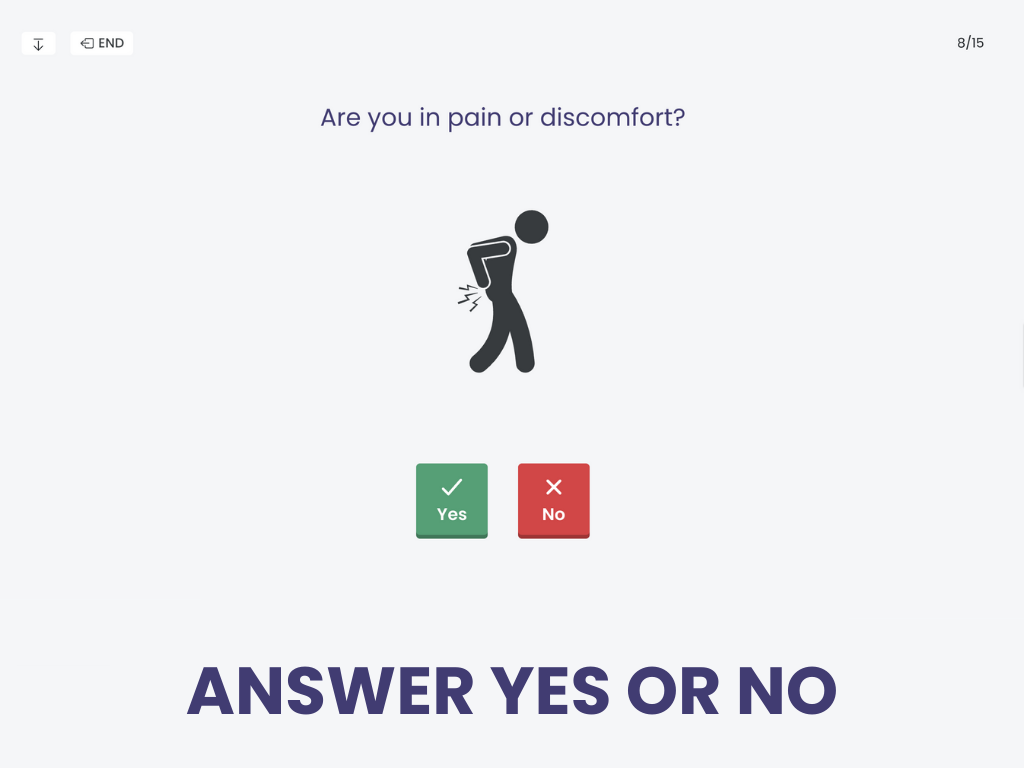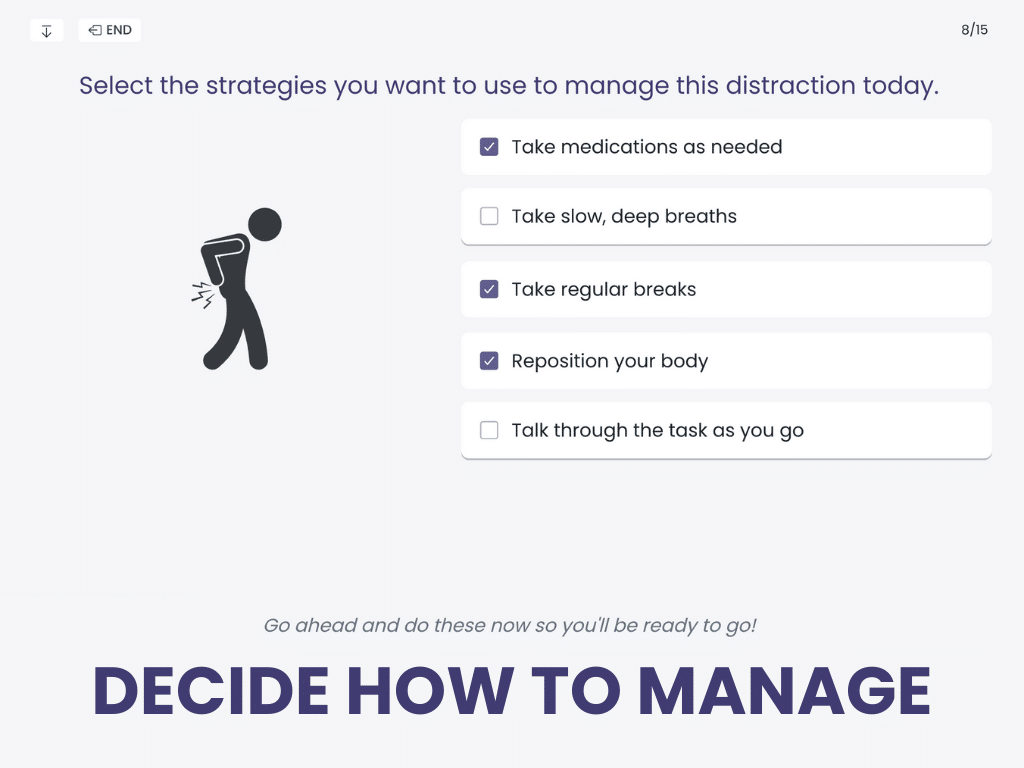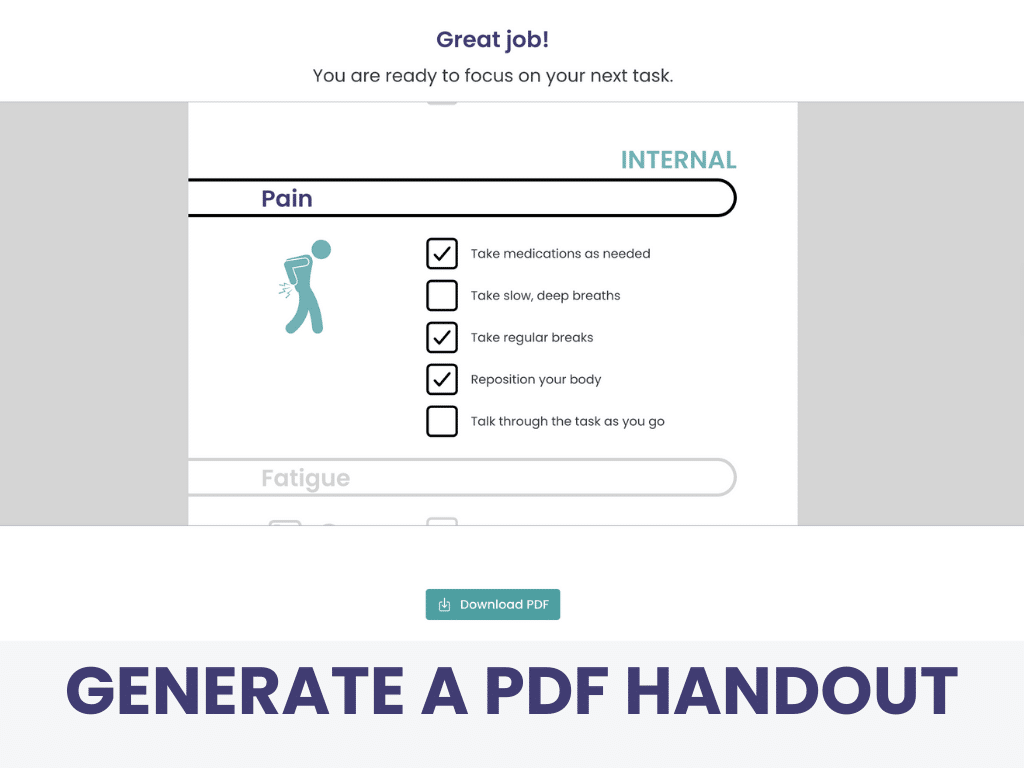What SLPs Need to Know:
Treating Attention in Speech Therapy
8 min read
Have you ever had to re-read a page in a book because your attention wandered away from what you were reading?
Attention, or the focus of our awareness on a particular stimulus, is the foundation of our other cognitive skills, like memory, decision-making, and communication. Without attention, we can’t effectively learn, remember, or interact with the world. People with attention impairments often have a cognitive-communication disorder, which can be addressed by speech therapy services.

Understanding Attention: A Clinical Model
Attention isn’t a singular process. It includes several types, each serving a unique purpose. By understanding each type of attention, we can better recognize impairments and create effective therapy plans. The original hierarchical model of attention proposed by Drs. Sohlberg & Mateer includes five types:
* There is recent debate whether divided attention exists or is actually rapidly alternating attention.
Causes of Attention Impairment in Adults
Any brain injury or neurological disease, like a stroke or dementia, can impair attention. The nature of the deficit depends on several factors, such as the location of the brain damage. Some examples include:
- Subcortical structures: injuries to the thalamus can affect focused and sustained attention
- Right parietal lobe: can result in left neglect (reduced visual attention to the left side of space)
- Frontal lobe structures: damage to areas such as the dorsolateral prefrontal cortex can affect high-level attention processes like alternating and divided attention
Even those with “mild” brain injuries like a concussion can still present with impaired attention. “Brain fog,” which includes reduced attention, is often experienced as a side effect of chemotherapy, depression, long COVID, hormonal changes from pregnancy or menopause, and autoimmune conditions like MS or lupus.
Note: There are attention deficits present in children and adults that are not the result of a brain injury or disease. ADHD is a developmental condition characterized by executive dysfunction. This is outside the scope of this article, which focuses on the rehabilitation of acquired attention impairments.
Looking for Printable Resources?
Unlock the Handout Vault
Dozens of high-quality, well-researched PDF handouts are available all in one place: The Tactus Virtual Rehab Center!
Patient education, home practice, clinical guides, visual supports, & a summary of this article for quick reference.
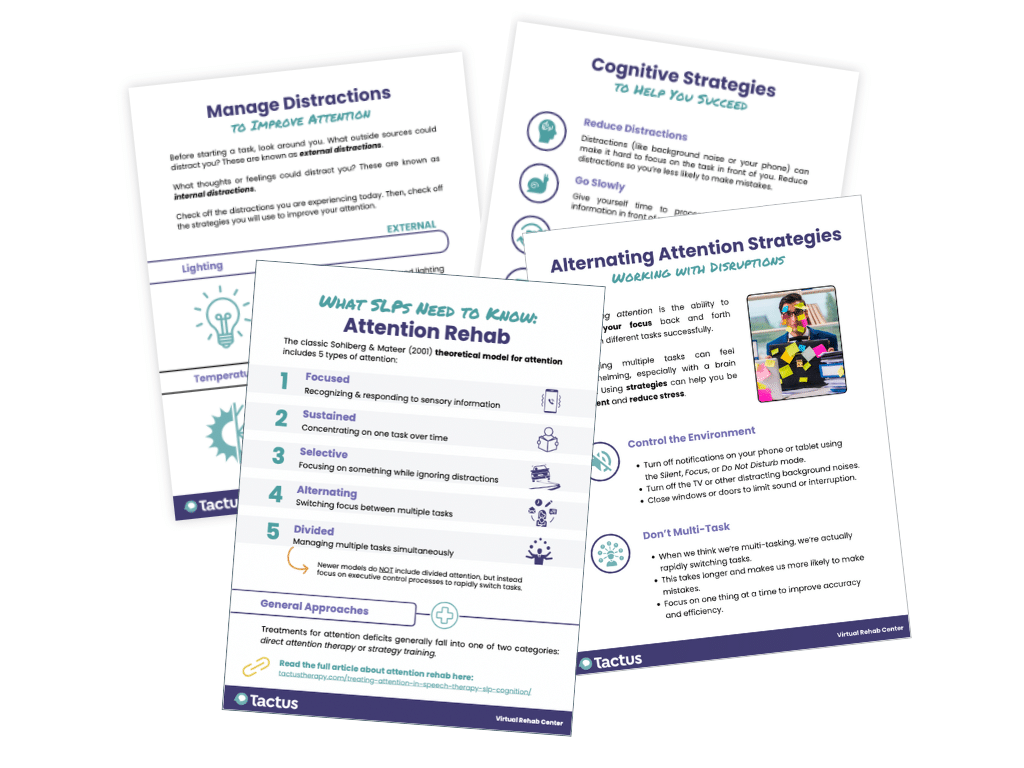
Sign up today for a risk-free 21-day trial of this innovative web-based therapy platform for SLPs.
Access 50+ evidence-based treatments and 90+ handouts created specifically for adult medical speech-language pathologists.
Attention Rehab in Speech Therapy
Speech-language pathologists play a critical role in helping individuals improve their attention skills. Treatment begins by understanding the person’s demands in daily life. Whether a patient is a retiree, a busy professional, a student, or a parent managing a household, tailoring therapy to real-life needs is key.
Therapy usually involves a combination of two approaches in the post-acute phase of treatment:
- Direct attention therapy: structured exercises to improve attention skills
- Attention strategies: metacognitive strategy training for those with mild-moderate deficits, as well as environmental modifications or external aids for all severities
It’s also important to address factors contributing to poor attention, including:
- Reduced hearing and/or vision
- Fatigue
- Sleep disturbances
- Pain
- Medications
- Substance use
- Anxiety and depression
Referrals to other medical professionals might be needed to manage these related issues and help your patient succeed in therapy.
Direct Attention Therapy
Direct therapy focuses on rebuilding attention through practice. Here are some effective methods:
Attention Process Training (APT)
Attention Process Training is a commercially available treatment protocol that provides structured, intensive, and repeated practice. It includes tracks corresponding to each type of attention, with activities such as cancellation tasks, listening, sequencing, mental math, and card sorting. APT III is a comprehensive computer-based program that is an update to previous versions of APT. It emphasizes attention strategies and self–regulation. APT III also includes generalization activities to practice techniques in more natural settings. (Note that the APT-3 Clinical Attention Framework does not include divided attention, instead focusing on executive control processes such as working memory and suppression.)
In a randomized controlled study, participants who used the APT program reported greater improvements in work performance skills, maintaining focus, and adjusting to changes compared to the group of participants who received activity-based attention training (Landahl et al., 2021). Some researchers believe that APT could be helping patients develop attention strategies as opposed to restoring attention functions directly.
Larger and more rigorous studies are needed to determine if computer-based training generalizes beyond the training. However, a recent systematic review showed promising evidence that computerized cognitive training can improve attention in TBI survivors with moderate-severe impairments.
Visual Scanning
Visual scanning is an attention treatment method often used for individuals with left neglect. It involves scanning visual fields from left to right with fading cues to improve attention to the left side of space. Cues might include a colored bar or anchor on the left side of the page or numbered rows in the left margin of text to ensure each line is read. Learn more about visual scanning in this step-by-step guide.
The Visual Search treatment in the Tactus Virtual Rehab Center makes it easy to work on visual attention. Patients locate a specified symbol in a field of distractors to target sustained and selective attention. This interactive digital treatment provides repeated practice of increasing complexity based on the patient’s performance, along with immediate feedback and visual cues as needed.
PRO TIP: Try adding background noise or having a conversation during this treatment to increase the cognitive load.
Dual-Task Training
Dual-task training is another treatment approach to improve alternating or divided attention, and generally stimulate cognitive processes. Treatment can involve doing one cognitive task and one physical task simultaneously, like walking while doing a verbal fluency activity. Not only could this potentially impact neurogenesis (the formation of new neurons), but it can also improve walking speed and balance (Ali et al., 2022).
Dual-task training can also use simultaneous cognitive tasks. The INCOG 2.0 guidelines note that patients should first practice the tasks individually before combining them. This approach works best when the tasks are based on real-life needs to ensure carryover.
Treat Attention Using Software:
Working with Disruptions
Working with Disruptions combines direct attention training & strategy instruction into one robust, interactive treatment.
Patients must switch their focus between realistic data-entry tasks and incoming notifications on a simulated smartphone.
Working with Disruptions is an alternating attention treatment in the Tactus Virtual Rehab Center.
Sign up today for a risk-free 21-day trial of this innovative web-based therapy platform for SLPs.
Access dozens of evidence-based treatments and resources created specifically for adult medical speech-language pathologists. And your patients can do homework for FREE!
Strategies for Attention Rehab
Metacognitive Strategies for Attention
Metacognitive strategies are techniques that help us think about our own thinking and are a vital part of cognitive therapy. These strategies are often best for people with more mild impairments as they require a fair bit of attention to learn, remember, and use.
Metacognitive strategies specific to attention help patients to:
- anticipate the demands on their attention,
- monitor their concentration, and
- change their behavior to maximize their performance.
Time Pressure Management (TPM) is a strategy-based approach for slow information processing, which has four rules:
- Analyze Time Pressure: Break the task into smaller steps and figure out which steps may introduce time pressure. Think about ways you can manage it.
- Prevent Time Pressure: Figure out if any steps can be done ahead of time, like setting up the environment.
- Handle Time Pressure: Create an emergency plan if there’s unexpected time pressure.
- Monitor Task Performance: Reflect on how successfully the task was completed.
Several elements of the Time Pressure Management framework have been built into the Tactus Virtual Rehab Center in 2 unique treatments: Planning Tasks and Planning Your Tasks. These executive function treatments include time estimation and pressure prediction steps built into a sequence.
External Strategies for Attention
There are two general types of external strategies for attention rehab:
- Environmental Modifications: Simple changes like working in a quiet space or silencing notifications can boost concentration.
- External Aids: Tools like alarms paired with checklists can reduce the cognitive demands of a task. Choosing the right external aid depends on the age, type of deficit, and lifestyle of the patient.
Treat Attention Using Software:
Managing Attention
Managing Attention helps patients identify personal and environmental distractors, suggesting strategies and modifications to boost concentration based on their responses.
Use this treatment at the start of each session, printing the PDF results as needed, to set up your patients for success.
Managing Attention is a strategy-based treatment in the Tactus Virtual Rehab Center.
Sign up today for a risk-free 21-day trial of this innovative web-based therapy platform for SLPs.
We know strategies work, so we build them into our treatments & handouts to make your job a little easier.
Person-Centered Treatment for Attention
Treating attention impairments requires a holistic approach that combines direct therapy, strategies, and the life activities that matter most to the person. Speech-language pathologists work closely with individuals to design personalized rehab plans that address specific challenges. With consistent practice and the right tools, patients can rebuild their attention skills and enhance their quality of life.
Learning More about Attention
We absolutely love these references and relied on them heavily to bring you this information. We recommend you read the original sources to learn more:






